Opinion: You don't need a long dropper post on your gravel bike
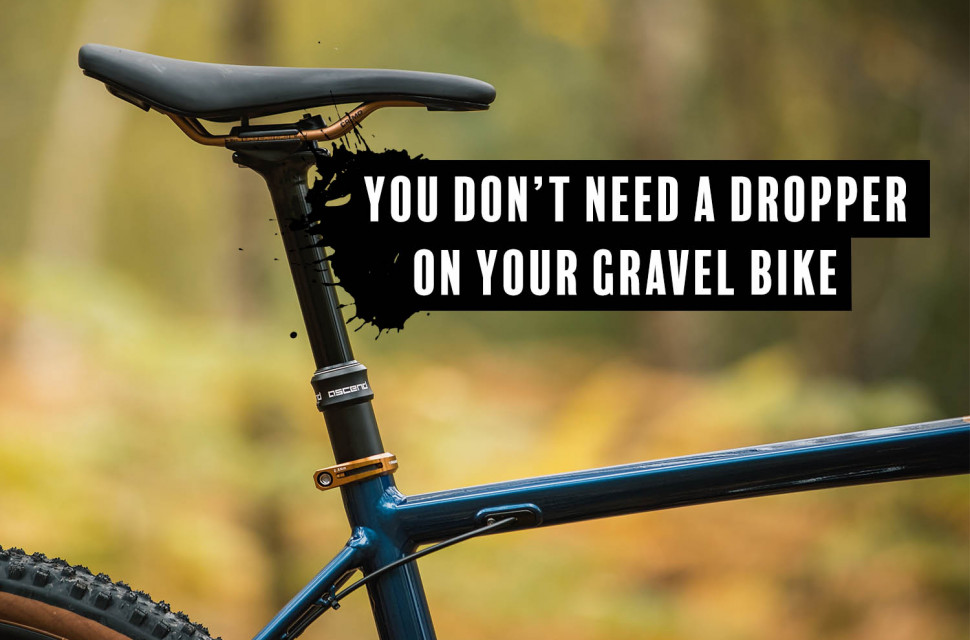
I've been thinking this for a while, now's the time for my thoughts to surface - you don’t need a long dropper on your gravel bike. I reckon some of you will totally agree with me, that the dropper is null and void on a drop bar bike. But there’s also a fair few of you that think you are rad enough to handle the terrain that necessitates a dropper post on a gravel bike. You are either supremely talented, or insane.
- The best gravel bikes we've tested that you can buy and get shipped to your door
- The best gravel and adventure bikes you can buy for under £1,000
- The best gravel and adventure bikes you can buy for under £2,000
Let’s start at the beginning, an average gravel or all-road bike is predominantly a road bike, with geometry numbers that are close to that of an endurance road bikes. It's a bit like comparing smooth and crunchy peanut butter. Tastes the same but one is more knobbly. I get why these bikes are popular, you can hit the road with relative ease and also tackle fire roads and bridleways without splashing out on two bikes.
I also understand that there are more than one type of ‘gravel bike’, as our Matt explained to us recently there are many different subgenres to ‘gravel riding’ and each of those dictates that you’ll ride a different bike most suited to the terrain you’ll be riding. For all of these subgenres, aside from one, I maintain – you don’t need a dropper post.
For me, gravel riding encapsulates a mix of B-road riding, dirt tracks, smoother bridleways and fire roads, I've recently learnt that this is referred to as 'luxury' or 'hero' gravel. For me, it’s all about getting off the road onto the track less travelled without getting beaten up by my bike. There are variations to the definition of ‘gravel’ though and therefore the bike it requires, racing over gravel might involve a lighter, more efficient bike and faster pace on similar terrain whereas a more adventurous ‘gravel’ ride might need a bike more suited to carrying lots of gear. I still maintain that none of these bikes need a dropper post.
Without teaching you to suck eggs, a dropper post is designed to move down and out of the way when you are approaching and riding steeper and rougher trails. A dropped dropper post allows you to alter your body weight on the bike in order to stay in control. My argument is that the bars, brakes and tyres, not to mention the geometry of your gravel bike are limiting factors and will inhibit you long before you are ever going fast enough to employ all 125mm of said dropper post. Something with a relatively small drop as seen above on this Diverge is slightly more acceptable I will concede, a 35mm dropper will allow you to reposition your weight but on this high end bike, concerned with weight saving, it's a hefty addition. In his review of the S-Works Diverge Dave said "the dropper post was not entirely necessary and adds weight", using it mostly on steep banks to be able to shift his weight back.
I think you’ll all agree, unless you are descending on road or a smooth fireroad, going downhill on a gravel is hair raising. The geometry of the bike, the steep head angle and the short wheelbase make it the bike unpredictable to ride off-road at speed or on more technical terrain. Using drop bars and hovering over the saddle when descending places you in a position where a large amount of your weight is low and over the front of the bike feels as if you are defending the front wheel trying to prevent that front heavy bias from helping you to a healthy dose of gravel to the face.
Drop bar hoods are an alarming thing to attempt to grip on rough surfaces too. Aside from the fact we are asking the crook of our thumbs to hook onto the hood, we are then employing two relatively weak fingers to wrap around a lower section of bar whilst squeezing a short, and therefore hard to activate brake lever in an attempt to slow down. All whilst vibrations are coursing through your hands and up your arms as you swap from gripping on for dear life and trying to forcibly relax to prevent the larger hits that are periodically incoming, making their own bids to rid you of the final scraps of grip you possess. On the drops, I do appreciate, braking is massively improved as the full length of the lever applies more force with less effort. As Dave says above a small dropper could be useful here to entail a small drop of the saddle, for the rider in such a forward position, I know that I have dropped mine mechanically a centimetre or two to enable some more body movements but what is rideable/fun to ride given the geometry of the bike, the tyres and looking after the rims will prevent a rider needing a longer drop of the saddle.
Lastly, the tyres. A majority of gravel bikes most of us find ourselves riding will run on something like 38-45c tyres. These are generally neither supportive or tough enough to ride properly fast downhill over the rough stuff. You'll likely be unable to run them at low enough pressure to get really decent grip and if you do try to run them lower you’ll need to nurse them down a descent to prevent dinging rims and shredding rubber miles from home. That’s all before we talk about the lack of tread, get up speed on something even slightly knobbly for a gravel bike tyre (like this below...) and you’ll soon find that at speed, in the mud has rendered your knobs null and void.
For those reasons, a long dropper post is not a necessity on a gravel bike, I’d argue that due to the riding position, the braking characteristics and due to the skinny tyres, these limitations come into play long before you’d feel it necessary to drop a long dropper post. If you do get the notion to go faster, start bossing ruts, bunnyhopping rocks, generally ‘shredding the gnar’ and wishing the seat post wasn’t still up your derriere, I reckon that feeling will be short-lived as you begin a speedy and cruel descent to the floor.
Unless you are riding something like this Trek 1120 below, this guy has the tyres and the brakes to allow the rider the speeds and handling to tackle any terrain and therefore warrant lowering the seat by over 35mm! In review, our Jon said '" It's a lot of fun as you bobble and bounce down the trail. In fact, it was confidence inspiring enough to take down some reasonably techy singletrack".
off.road.cc on WhatsApp
All the latest offroad cycling news, tech and buying advice straight to your phone.Follow our WhatsApp channel here
As for the ‘types of gravel’, let's check them off one buy one; the gravel racers bike doesn’t need a dropper post, the weight of the thing will far outweigh the presumed benefits. The all-road rider is a road rider that wants to ride in more comfort on the road, he or she doesn’t need a dropper post because they didn't need one on their old ‘road bike’ so they don’t need one for their tarmac descents on these wider tyres either. The ‘average gravel rider’ (me) doesn’t need a dropper post because my bike isn’t designed to go fast over rough terrain, for that, I’ve got a mountain bike. A dropper post is a nonsense to the adventure rider, they may well have the tyres, the geometry, and quite possibly the flat bars, needed to go faster with less fatal consequences but the additional mechanical faff of a broken dropper is not a risk worth taking to them. Plus their seat pack probably doesn’t work with it without some other intervention/new kit.
Lastly the ‘hardcore’ rider….. well, their bike is the one place I concede. Here a dropper post is accepted. This bike will be much closer to a mountain bike than it is a road bike. It’ll have a head angle slacker than 70 degrees, the wheelbase will be longer than 1000mm and it’ll have flat handlebars with brakes attached that I can use without shutting my eyes, affixing a grimace to my face and death gripping the bars until the land levels out. Here, you are permitted a dropper, you’ll be going fast enough downhill to employ it and it’ll enhance your ride, overcoming any worries about mechanical difficulties.
What do you think? Am I barking up the wrong tree completely? Let me know in the comments below.
You might also like:
- The best money-no-object gravel and adventure bikes we've tested
- Opinion: We need to be more specific about what 'gravel' is
- The 11 gravel-specific products you NEVER knew you needed
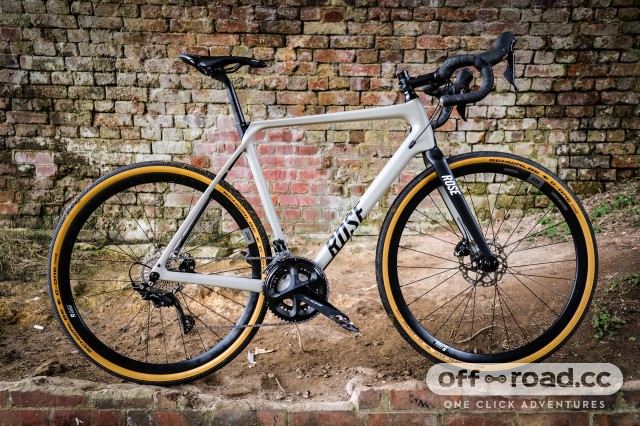
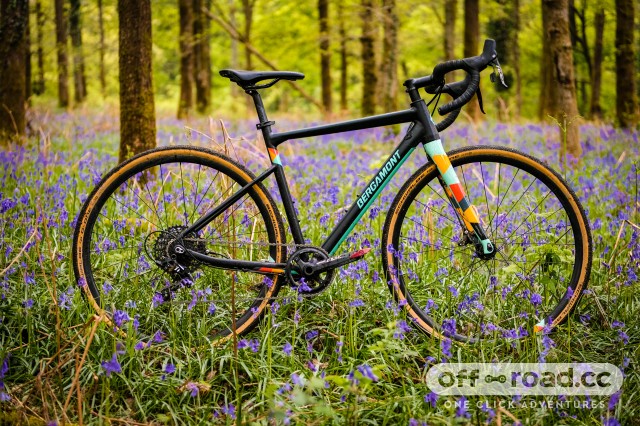
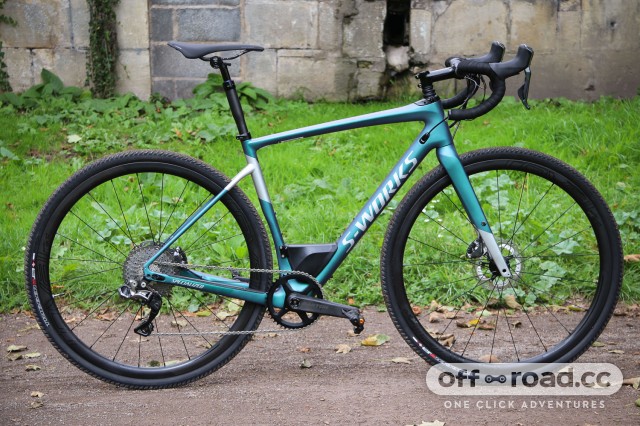
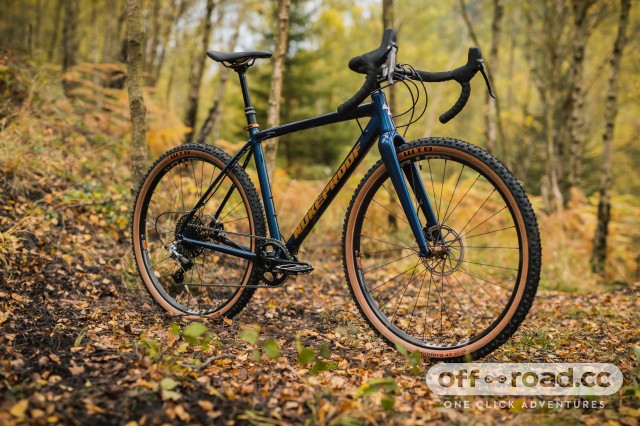
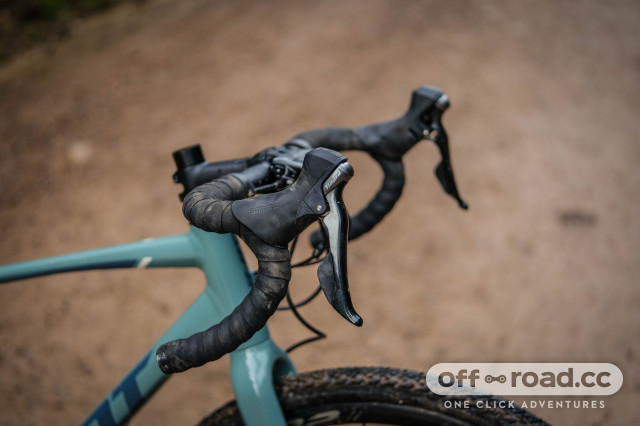
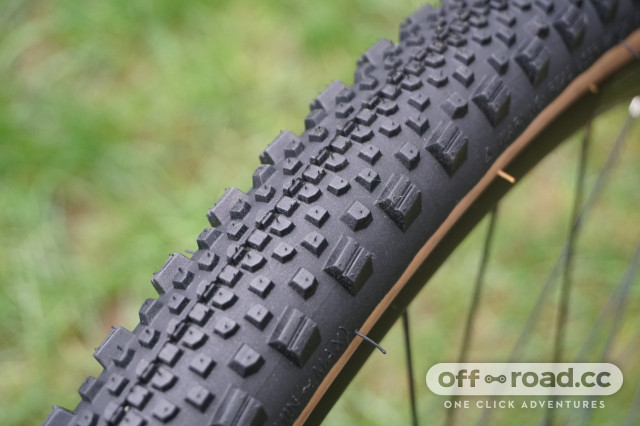
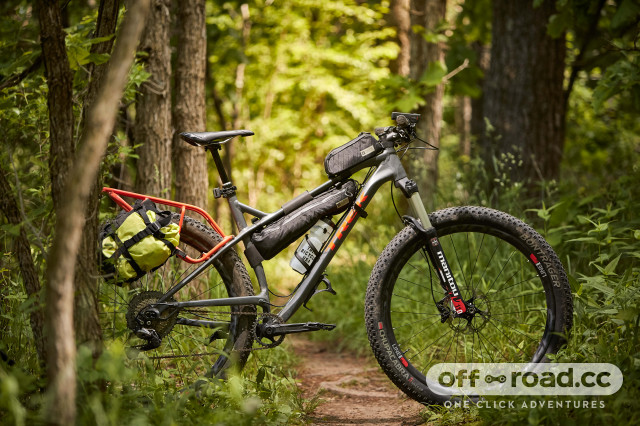



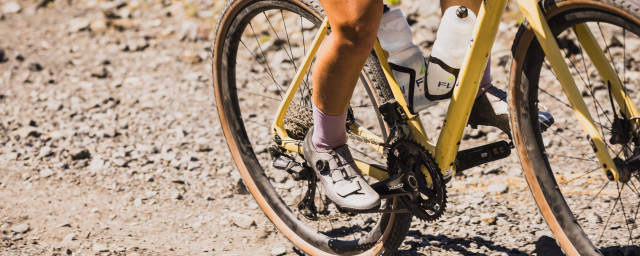


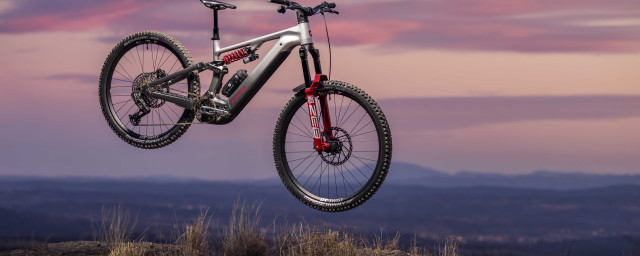

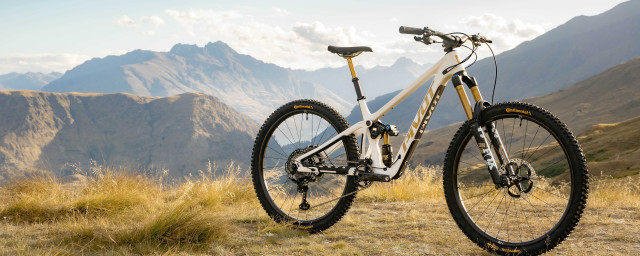
8 comments
I have a Giant RevoltX, which comes standard with a dropper. I have to say, I don't really use the "drop" aspect of it much. However, the dropper also provides a bit of suspension of the seat (other than at full drop). That suspension is actually quite nice over longer gravel rides.
I end up being fresher, where people I'm cycling with are struggling with various pains, cause of the suspension.
If all it did was drop/raise the seat, I'd agree there wasn't much point to it - gravel is rarely technical enough - and I'd get rid of it and the weight for a lighter "acoustic" Ally seat post. But... that suspension element is surprisingly useful.
Stumbled across my old post when researching droppers for my gravel bike, and I'd like to somewhat retract. I dont buy the braking from hoods argument now that GRX is a thing (for "average" gravel), but I do buy the control argument others on this thread make. On a gravel bike with a road height saddle you really are tipped too far forward the minute you come to any significant offroad descent, being able to get further over and back makes a significant difference to your control.
For me, I'm seeing a benefit of using the dropper to set the correct saddle height for on-road sections, and then using it once I'm off road and need a bit more flexibility to move around the bike. It's not just about dropping it out of the way to get weight over the rear on descents, its about maintaining speed on the inevitable on-road transitions that come with gravel riding in the UK. On a gravel bike the geo is optimised for road-level saddle heights, making it hard to dab off-road, and also making restarts harder for someone as inflexible/old as me. You also tend to ride in a very fixed position on a road-geometry bike which will leave you beat up pretty quick over the looser stuff.
Most of my off-road riding right now is very slow XC stuff on a hardtail, with plenty of on-road transitions. I've got a 120mm travel dropper which is set very high for the on-road sections and dropped a fraction for off-road so I can get my feet down if I need to without dropping off the saddle. And then dropped fully for fast steep descents. I'm not the most flexible or skilled rider so I find the extra confidence/safety provided by a dropper worthwhile.
"My argument is that the bars, brakes and tyres, not to mention the geometry of your gravel bike are limiting factors and will inhibit you long before you are ever going fast enough to employ all 125mm of said dropper post."
I think you misunderstand what a dropper is really doing. A dropper allows you to access the bikes full potential by allowing you space to move above the frame. If you can move your body around more freely / aggressively by using a dropper then you can access more potential from your bike. A high saddle limits what you can do easily / safely on a mtb (if it didn't why would droppers exist). It's not a stretch to say the same for gravel so you perceived limits of the bike are 'high saddle' limits not 'low saddle / dropper' limits which will be further up the performance curve.
Useless they've mtb'd your 'average gravel rider' may have no idea what a gravel bike is capable of if only the seat was lower giving them confidence to find out, and potentially missing out on really fun terrain on their doorstep. It's NOT about speed - it's about control. Having more control just allows you to access higher speed safely.
I don't think it's weird to think that many average gravel riders would take in a (or many?) section of more technical terrain on their gravel ride. It totally depends on the terrain available and the objective of the rider, not the bike.
Personally, I think you'll see more droppers on gravel bikes in future (although they'll still be in a large minority ) .
) .
Droppers don't have to be remote operated mtb versions. Much lighter, simpler, cheaper, occasional use 'lever under the saddle' versions are also available...
Going back to the quote though - my road bike has 160mm rotor and hydraulic brakes. My xc mtb has 160mm and hydraulic brakes. Even if mtb brakes are more powerful, of the listed possible points of control failure on a gravel bike, braking shouldn't be on the list. Modern hydraulic drop bar brakes are plenty powerful enough and have the modulation too.
I think what this article is trying to say is that Gravel bikes with a dropper post are a niche within a niche within a nice and for most terrain and styles or riding you'll get bigger benefits out of straight bars and front suspension way before the benefits of a dropper.
In short there is very little gravel riding where a gravel bike with a dropper makes more sense than a Hard Tail. But she doesnt actually say that for fear of annoying everyone whose bought a new shiny N+1 with a dropper.
These are all arguments that went through mountain biking as the dropper was introduced but now nearly everyone has one.
The difference in weight between a long and short dropper is so negligible that if you're going to have a dropper the advice should be always get the longest that fits and is in your budget.
In the UK a lot of the gravel riding doesn't necessarily need a dropper but the bikes designed with droppers are designed with different places and styles of riding in mind. Having said that, there's definitely regular places I ride that I could ride faster with a dropper. A simple example is stairsets, riding gravel bikes can easily handle stairs, except being bucked by an upright saddle. If I could could get my saddle out the way I could ride longer stairsets faster, and that would be more fun.
The bit about descending on the hoods is really bizarre and suggests the writer could work on their own skill a bit before writing polemics on how others ride.
For many, gravel bikes double as winter commuter bikes for the wet months, or everyday bikes to putter around with your kid or go to the local cafe. I've got single-sided spd pedals in mine, so the dropper post makes it easy to adjust seat height depending on whether I'm wearing flip flops or cycling shoes.
I am a little unsure about the point you are making in this article. In the title, and some places in the article, you are saying we don't need a long dropper post, but then in most of the article, you seem to be saying we don't need any dropper posts.